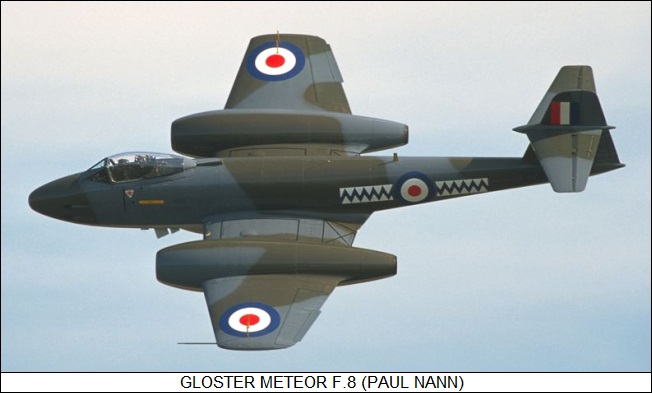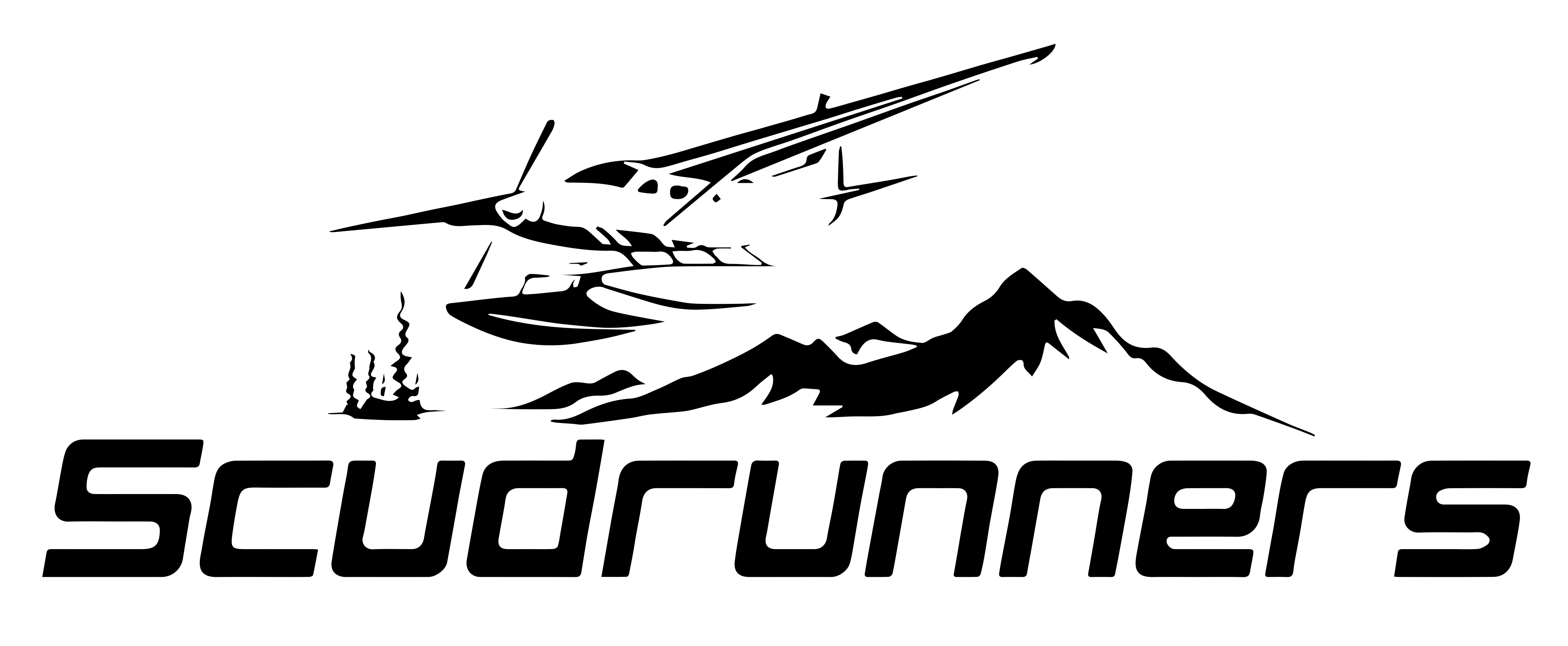I do a lot of "advanced" flight training
which looks to a lot of us old guys like
basic, fundamental stick & rudder skills
which have been bred out of the pilot
population.
My [b]first[/b] favorite maneuver is erroneously
known as "dutch roll" or "roll around a point".
One not need roll the aircraft, actually,
you just slow it down to normal approach
speed (NOT slow flight) and drop half flap
and add enough power to maintain altitude.
Now, slowly and gently roll back and forth,
just 10 degrees of bank at first. See the
nose yawing back and forth? Use the
rudder when the aileron is displaced, to
stop the nose from moving.
Learning to perform co-ordinated flight
at normal approach speeds is considered
pretty exotic by the flight training establishment,
but it pays great dividends.
[b]Second[/b] maneuver is falling leaf. Half flap,
1500 RPM to keep the engine warm and to
make it interesting, put the nose a couple
inches above the horizon and trim nose up
a bit. When stall warning comes on,
stick/yoke all the way back and it stays there.
No picking up a wing with aileron. You must
re-train your lizard brain. Stop the yaw with
your feet, just like the previous exercise. When
you exceed 20 degrees of bank you are entering
an incipient spin. Don't do that. Recover by
letting go of the stick/yoke (really) and stop the
yaw with your feet.
With some practice (some aircraft are easier
than others) you can walk it all the way down
in the stall, stick/yoke all the way back, just
like an AF447 pilot.
[b]Third[/b] maneuver: lazy-eights. Required maneuver
for FAA CPL. Back-to-back wingover. From cruise
airspeed and altitude, start a climbing turn. Ball
in the center. Bank is increased to apogee and then
decreases in the 2nd half of the 180 degree turn.
Airspeed is low but flight is co-ordinated at ballistic
apogee of max altitude. Max bank can be 30 or 90
degrees or anything inbetween. G is light, stall speed
is low.
Aim for symmetry in the maneuver. Exact parameters
are unimportant as long as ball remains centered.
Exit opposite direction at entry altitude and airspeed.
Repeat wingover in opposite direction. Rinse, lather,
repeat.
A wingover is an incredibly elegant way to turn around.
Instead of grunting and pulling a boatload of +ve G,
convert your airspeed into altitude and turn at very
slow speed, with a very tight radius. Gentle as a cow.
[b]Fourth[/b] maneuver: if you are young and energetic
and like pulling G, here's my favorite way to turn around -
the 1/2 cuban-eight ;D
From cruise altitude and airspeed (more than double your
stall speed) pull +4G to the vertical and continue gently
inverted with +0.5G over the top. Continue to the
inverted 45 downline.
Now, if you have inverted fuel and oil, stick forward
to check and draw the pretty inverted 45 downline,
then 1/2 roll upright to the 45 downline, and pull
level. You should exit at your entry altitude and airspeed.
If you do not have inverted fuel and oil, no problem -
as the nose comes down to the 45 inverted, start a
nice spiralled 1/2 roll which is essentially the 2nd half
of an aileron roll. Nice gentle positive G from inverted
to upright, all the fluids stay in their place, all the
needles stay steady on the gauges, and all the
dirt on the floor doesn't get into your eyeballs. You
might exit a little steeper upright than a 45 downline
but that's ok. 60 looks better anyways.
The 1/2 cuban-8 is a wonderful safe maneuver.
You can do it at the surface. I do it at the end
of the runway after takeoff, either from upright
or inverted. Just make sure you get a good solid
+4G pull at the entry, then light positive G over
the top - you are ballistic. You never subtend
more than 45 degrees below the horizon.
When you are learning rejoins (which has virtually
nothing to do with formation flying) you will
start with rear-quarter rejoins. After a bit of
practice you can master the front-quarter
rejoins (from head-on) using a well-timed
1/2 cuban-8!
Despite what the four-bars will tell you, all
"advanced" flying is built upon a solid foundation
of fundamental skills, which you must spend
the time to master, unless you want to be a
joke in a costume.
Excellent Practice Flight Maneuvers
-
Chuck Ellsworth
You forgot the simple surface one Colonel, fly the whole length of the runway on the center line with one wheel on the runway, changing from left wheel to right wheel and back to left as long as there is runway available.
-
Tailwind W10
- Posts: 110
- Joined: Fri May 22, 2015 5:39 pm
ColonelColonel wrote:
Third maneuver: lazy-eights. Required maneuver
for FAA CPL. Back-to-back wingover. From cruise
airspeed and altitude, start a climbing turn. Ball
in the center. Bank is increased to apogee and then
decreases in the 2nd half of the 180 degree turn.
Airspeed is low but flight is co-ordinated at ballistic
apogee of max altitude. Max bank can be 30 or 90
degrees or anything inbetween. G is light, stall speed
is low.
Aim for symmetry in the maneuver. Exact parameters
are unimportant as long as ball remains centered.
Exit opposite direction at entry altitude and airspeed.
Repeat wingover in opposite direction. Rinse, lather,
repeat.
A wingover is an incredibly elegant way to turn around.
Instead of grunting and pulling a boatload of +ve G,
convert your airspeed into altitude and turn at very
slow speed, with a very tight radius. Gentle as a cow.
How would you compare this maneuver to Sparky Imeson's Box Canyon Turn? (comparing just the first half of a Lazy 8) Which maneuver would give the tighter turning radius should one have the need?
http://www.mountainflying.com/pages/mou ... _turn.html
Gerry
-
Colonel
- Posts: 3450
- Joined: Wed Apr 29, 2015 10:31 am
I would just do a hammerhead. FlownWhich maneuver would give the tighter turning radius
well, the radius is nearly zero.

Almost any aircraft is capable of flying
a hammerhead. When my father was
instructing on the F-104D, he taught
"stall turns" as he called them, which
were anything but stalled - you know,
hheads. And that's on a mach 2+ fighter.
Janusz Żurakowski used to do double
hammerheads (cartwheeling 540 degree
pivots in yaw) in the twin-jet Gloster Meteor:

Here's my son doing a double hammerhead
in a Pitts S-2C out of KLVK:
Anyways, I'm sure there will be plenty of harrumphing
that a hammerhead is an extremely poor choice
for a normal pilot who is incapable of flying an
airplane, and I'm sure the harrumphers are right.
But I will mention that a 172 does a marvellous
hammerhead, even if it barfs oil out on the underneath
of the left horizontal stab.
Remember: the airplane is not the limiting
factor. YOU are the limiting factor, because
you are incapable of flying the aircraft to the
limits of it's Vg diagram. Same with the turnback
to the runway after engine failure. The aircraft
is perfectly capable of it - bring your SEL to CYSH
and I will demonstrate - but 99.9% of pilots lack
the necessary skill to fly the airplane.
Not many pilots can fly like Bob Hoover, but
it's kind of sad that they are so satisfied with
their incredibly limited skills. And, they wear
white shirts and gold bars and get paid the big
bucks to pretend. They've probably never heard
of the Boeing 737:
www.b737.org.uk/rudder.htm
First comes the test, then comes the lesson.
-
Chuck Ellsworth
I would settle for instructors who can teach new pilots how to taxi correctly, how to climb without doing a roller coaster path upward following the airspeed indicator and something really important like correct for a X/wind when landing.
But in the modern world of flight training that is expecting to much.
But in the modern world of flight training that is expecting to much.
-
HiFlyChick
- Posts: 69
- Joined: Sun May 24, 2015 9:54 pm
Oh for crying out loud!!! Don't you guys ever get tired of whining about how today's young pilots lack basic flying skills - oh no - not the dreaded horrible FOUR BARS!!!!
Seriously - saw this thread earlier in the day - looked like an interesting topic so thought I'd check in now and see what other posts have been made, but what started as an interesting discussion has deteriorated into yet another lamentation about how much better things used to be when you guys were young or Wilbur and Orville still flew or whenever it was that certainly wasn't now...!!!
It's so sad how everyone but you guys seems to have no clue about how to fly - I weep for my own inadequacies......
Seriously - saw this thread earlier in the day - looked like an interesting topic so thought I'd check in now and see what other posts have been made, but what started as an interesting discussion has deteriorated into yet another lamentation about how much better things used to be when you guys were young or Wilbur and Orville still flew or whenever it was that certainly wasn't now...!!!
It's so sad how everyone but you guys seems to have no clue about how to fly - I weep for my own inadequacies......
-
Chuck Ellsworth
Colonel, I seldom take issue with what you say.
However referring to them as pilots is more than I can put up with.
They are not pilots.....
...period. >:(
However referring to them as pilots is more than I can put up with.
They are not pilots.....
...period. >:(
-
- Similar Topics
- Replies
- Views
- Last post
-
- 1 Replies
- 12195 Views
-
Last post by Nark
-
- 1 Replies
- 4413 Views
-
Last post by Slick Goodlin
-
- 0 Replies
- 5121 Views
-
Last post by Nark



